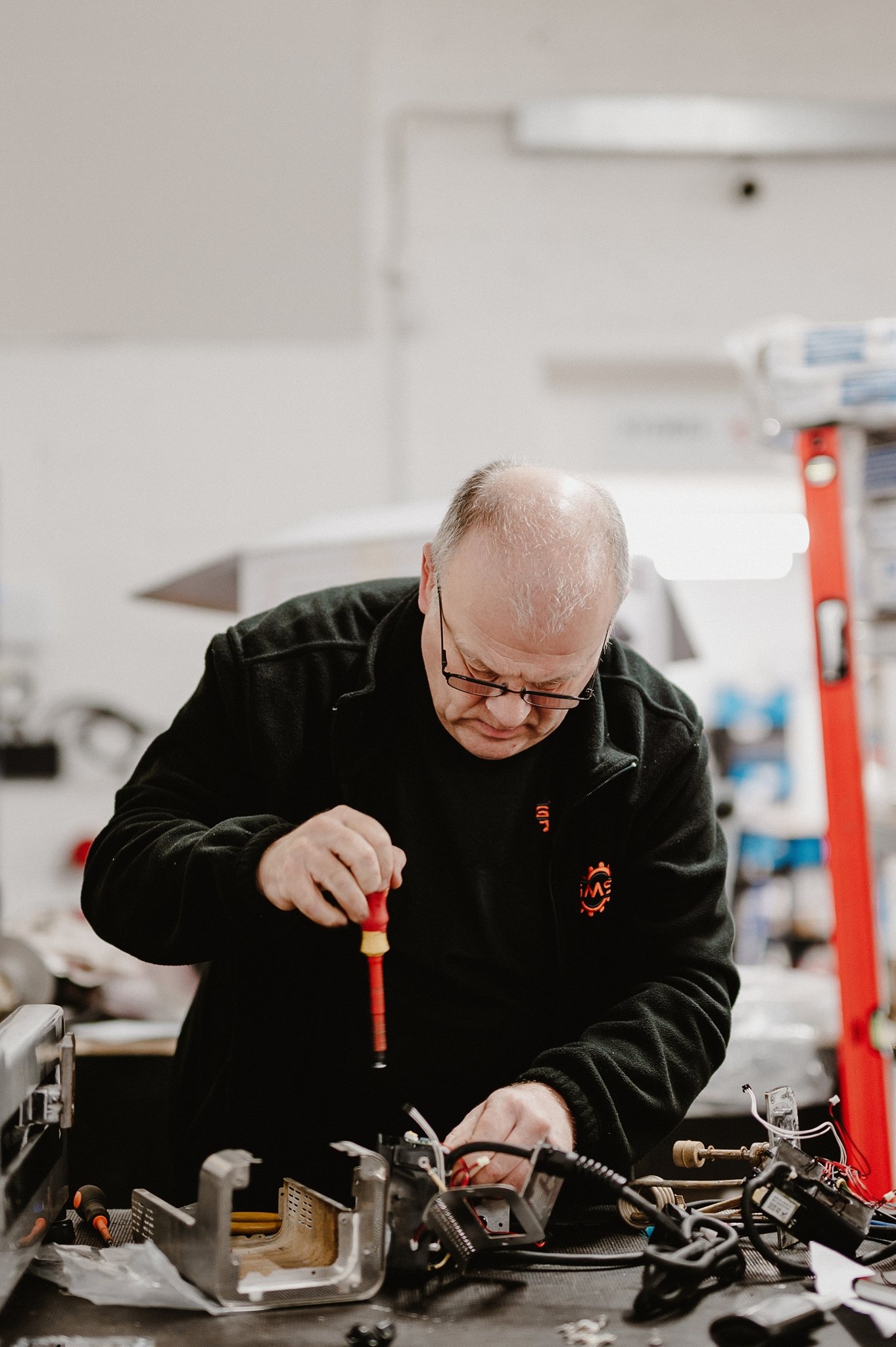Machine Maintenance
In today's industrial landscape, machines, such as vacuum packing machines, sausage fillers and mincers, play a pivotal role in manufacturing, performing a multitude of tasks that keep the production line humming. However, when these machines break down, it spells disaster, resulting in precious time and money going down the drain. The challenge then becomes how to predict these breakdowns before they occur and how to extend the life of these critical machines. Previously, we spoke about how important it is to service your vacuum packing machine regularly.
Machine breakdowns can be attributed to various factors, ranging from inadequate maintenance and incorrect operation to issues like oxidised oil, imbalance, looseness, suboptimal lubrication methods, and oil contamination. Interestingly, the common thread linking many of these causes is the level of education and training in the workforce.
Joris Mulders, Sales Director at Rademaker BV, identified a major contributor to mechanical failures as a shortage of qualified technical personnel. He highlighted that due to high staff turnover, employees today possess less knowledge about equipment and its operation. This is largely a result of the impact of events like the Covid-19 pandemic and Brexit, which drove skilled foreign workers to leave the UK and return to their home countries, impacting the butchery and hospitality sectors. Furthermore, the food engineering sector faces challenges in attracting young talent compared to more "glamorous" fields like computing and automation.
Ensuring the longevity of machinery is crucial. While manufacturers design machinery with durability in mind, proper management and maintenance are essential to maximise equipment life, encompassing everything from lubrication to hygiene schedules.
Proper hygienic design and installation are key considerations, and equipment installation must adhere to hygienic principles to avoid issues like inaccessible equipment. Cleaning, often seen as a low-skilled task in the meat processing and medical industries, is crucial to food safety and requires technical knowledge and fitness.
Lubrication issues, a concern in various sectors, are another common source of mechanical failure, stemming from improper use and leading to component wear and tear. Selecting the right lubricant for the application, adhering to best practices, and effective lubrication management can significantly increase component life, reduce energy consumption, lower costs, and enhance operational efficiency, especially in meat processing.
Condition-based maintenance, a proactive approach used in medical and meat processing industries, employs technologies like vibration analysis, oil analysis, ultrasonic testing, and thermography to monitor equipment health, including packaging machines. These technologies can detect anomalies early, allowing for maintenance before issues escalate. This approach is cost-effective, energy-efficient, and non-invasive, and it can be applied in hard-to-reach areas.
The prevention of machine breakdowns and the extension of machinery life require a multifaceted approach, encompassing education and training in various industries, hygiene maintenance in butchery and hospitality, proper lubrication for meat processing and medical equipment, and condition-based maintenance for packaging machines. By addressing these factors, manufacturing plants can minimise downtime, reduce costs, and enhance efficiency, ensuring the uninterrupted flow of production, which is critical for extending shelf life and supporting industries like sous vide and packaging.

